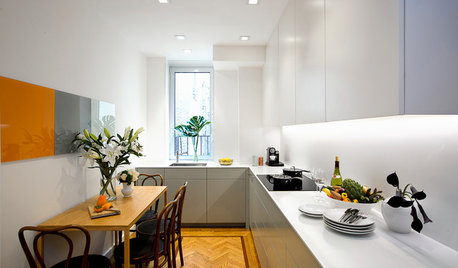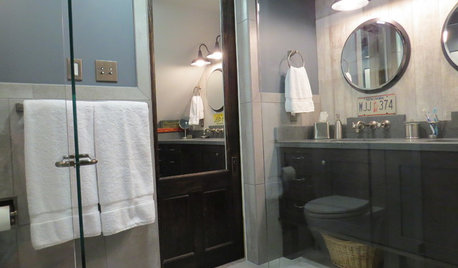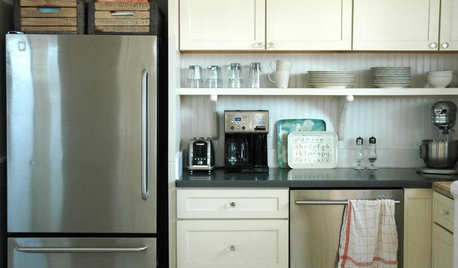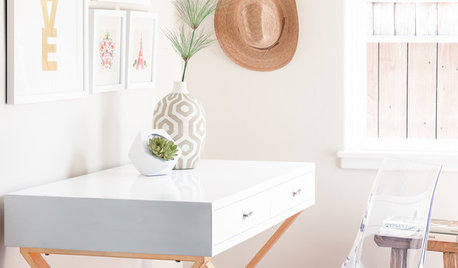scaling up...efficiency tricks?
rob_in_westernwa
9 years ago
Related Stories

SMALL KITCHENSKitchen of the Week: Space-Saving Tricks Open Up a New York Galley
A raised ceiling, smaller appliances and white paint help bring airiness to a once-cramped Manhattan space
Full Story
BATHROOM DESIGNSee the Clever Tricks That Opened Up This Master Bathroom
A recessed toilet paper holder and cabinets, diagonal large-format tiles, frameless glass and more helped maximize every inch of the space
Full Story
ROOM OF THE DAYRoom of the Day: Right-Scaled Furniture Opens Up a Tight Living Room
Smaller, more proportionally fitting furniture, a cooler paint color and better window treatments help bring life to a limiting layout
Full Story
THE ART OF ARCHITECTUREDesign Workshop: Cool Lighting Tricks
We turn you on to pro lighting strategies to highlight features, create intrigue and make the most of indoor and outdoor rooms
Full Story
DECORATING GUIDESHouzz Tour: Space-Saving Tricks Create a Versatile Home
Hidden features, streamlined finishes and a fold-out wall make a small London penthouse more adaptable
Full Story
DECORATING GUIDESCompact Living: Tips and Tricks for Every Room
From big-picture insight to detailed room-by-room strategies, these guides will help you get the most out of a tricky area
Full Story
KITCHEN DESIGNTrick Out Your Kitchen Backsplash for Storage and More
Free up countertop space and keep often-used items handy by making your backsplash more resourceful
Full Story
DECORATING GUIDES7 Bedroom Styling Tricks Anyone Can Do
Short on time or money? You can spruce up your bedroom quickly and easily with these tips
Full Story
FURNITURENew Classics: Frank Gehry's Hat Trick Chair
Hockey and apple baskets, not magic, inspired this bent-ply beauty, but the way it can change up a room's look is pure alchemy
Full Story
DECORATING GUIDES8 Decorating Tricks to Brighten a Dim Room
You might think to add white and provide adequate lighting, but you might not know about these other ways to lighten up a space
Full Story





loribee2
glib
Related Professionals
Ashland Landscape Architects & Landscape Designers · Fitchburg Landscape Architects & Landscape Designers · Piqua Landscape Architects & Landscape Designers · Saint Louis Park Landscape Architects & Landscape Designers · Willowick Landscape Architects & Landscape Designers · East Patchogue Landscape Architects & Landscape Designers · Camp Verde Landscape Contractors · Franklin Landscape Contractors · Gallatin Landscape Contractors · Kaysville Landscape Contractors · La Mirada Landscape Contractors · San Antonio Landscape Contractors · Severna Park Landscape Contractors · Stallings Landscape Contractors · Weymouth Landscape Contractorsglib
loribee2
planatus
nugrdnnut
catherinet
rob_in_westernwaOriginal Author
glib
ju1234
pnbrown